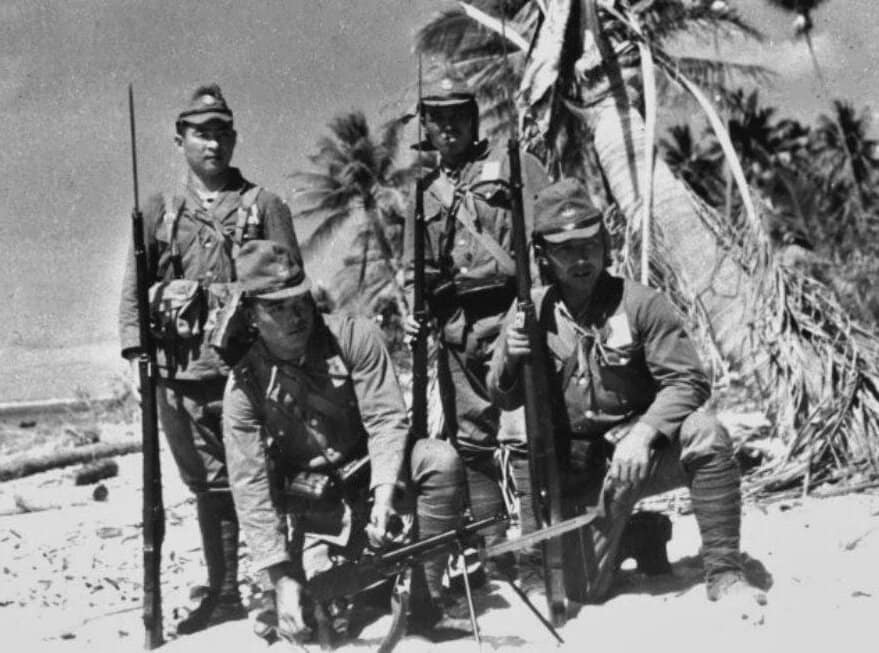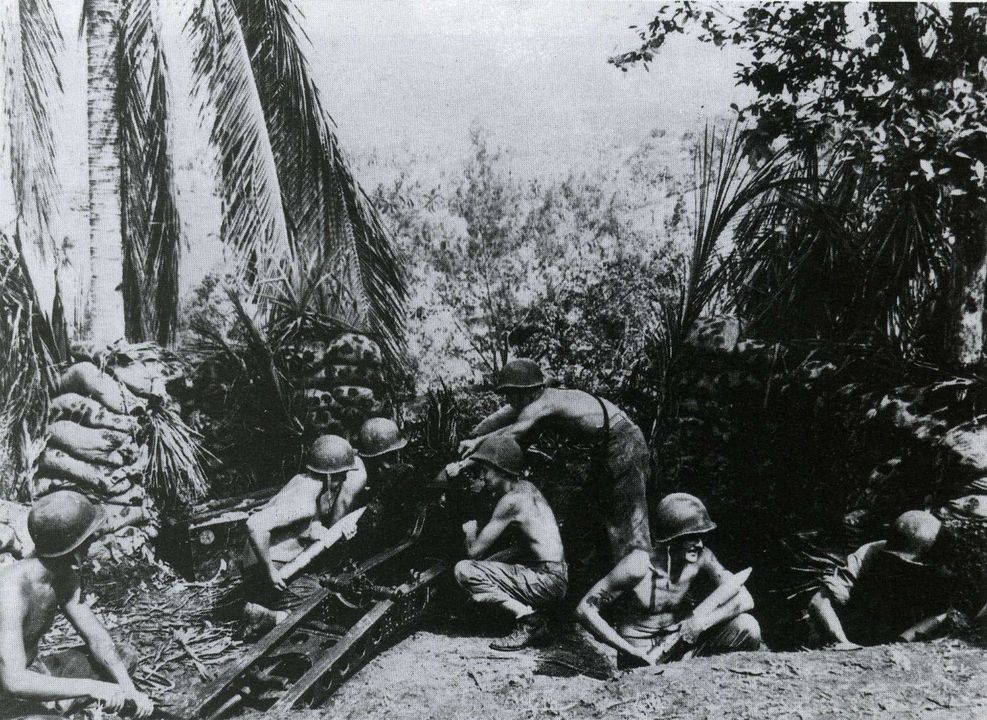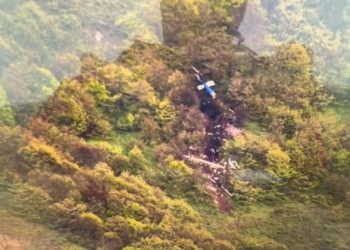Cannibal Giants that Hunted Japanese Soldiers

Did I get your attention? Cause this is a wild one.
The Japanese Occupation of the Solomon Islands
During the early days of the war, the Empire of Japan went on a rampage and began to occupy numerous islands in the Pacific. This included the Solomon Islands, as they could have used the island chain to sever supply lines between the United States and Australia.
Not surprisingly, the Americans and their Australian allies would attack the Solomons and retake the islands from the Japanese. But when they began to process the few Japanese POWs which had been captured, the allies began to hear stories from these men who looked more traumatized than anything.
Stories of Encounters with Giants
According to the Japanese, during their occupation they began to have violent encounters with “Giants” who lived in some of the more remote regions of the islands. Giants who were said to be at least ten feet in height, carrying stone clubs and spears for weapons and worst of all, would actively hunt the Japanese for food. Encounters which would become more numerous as the Japanese were pushed further and further into the island interior by advancing American forces.

Are the Legends True?
Now obviously, there is no way to tell if these stories were true, or just the ramblings of men who had gone mad due to the wartime conditions in the tropical heat. But the Solomon Islands do play host to numerous legends of Giants, long before the arrival of Japanese or Europeans. According to local lore, there were said to have been tribes of Giants who lived on the islands and would actively hunt local islanders either for food or to take as brides. But due to their aggressive nature, it’s believed that most of these tribes killed each other out. But there are many who believe that at least some groups of these giants still survive within the islands.

Modern Cannibal Tribes
Now I must point out that the Solomons were once home to cannibal tribes that existed as recently as the 1930s, and there are still some regions of the islands that remain unexplored to this day. So there is a chance that some of these Japanese may have actually encountered remote tribes who began to hunt them for food. But who knows?
~NC










